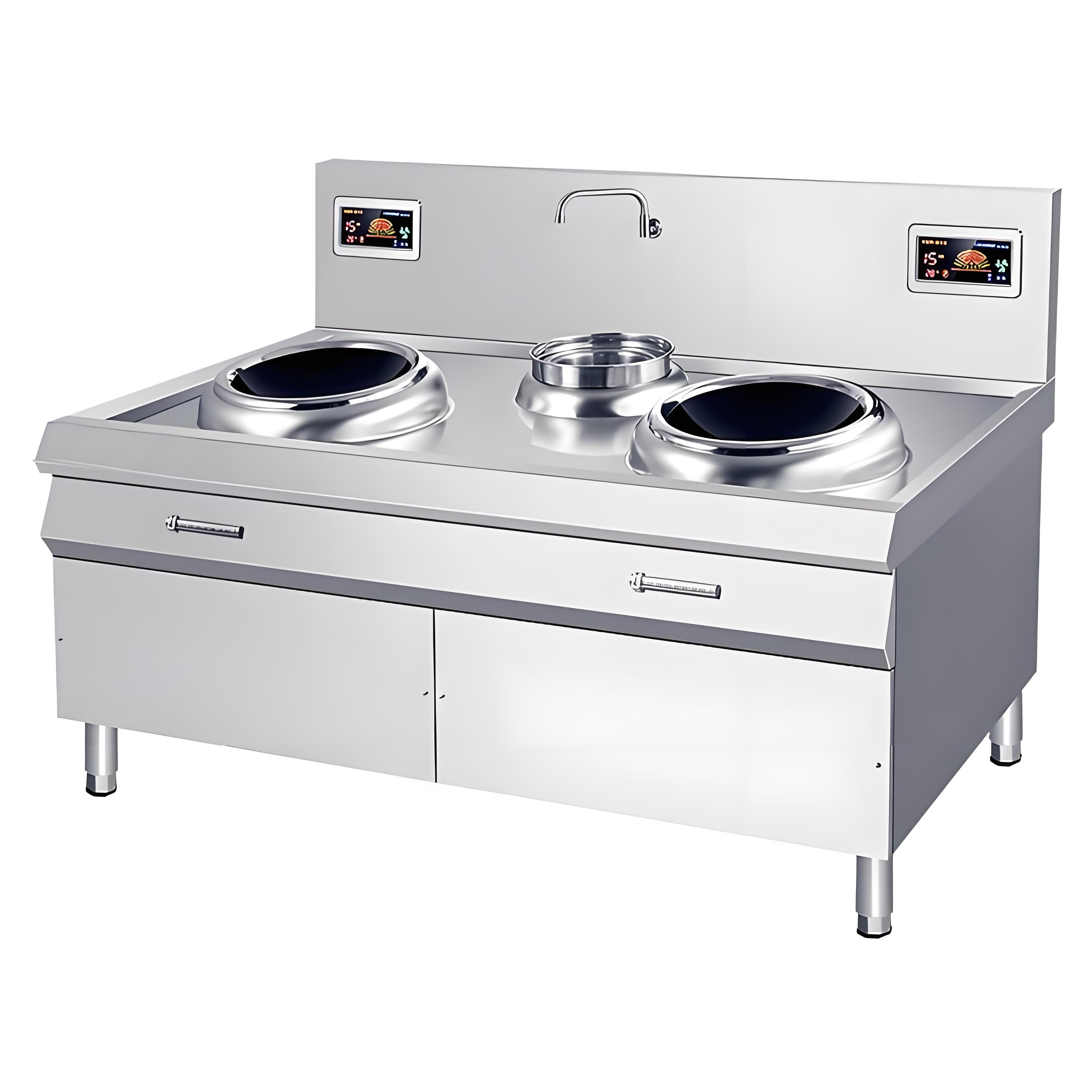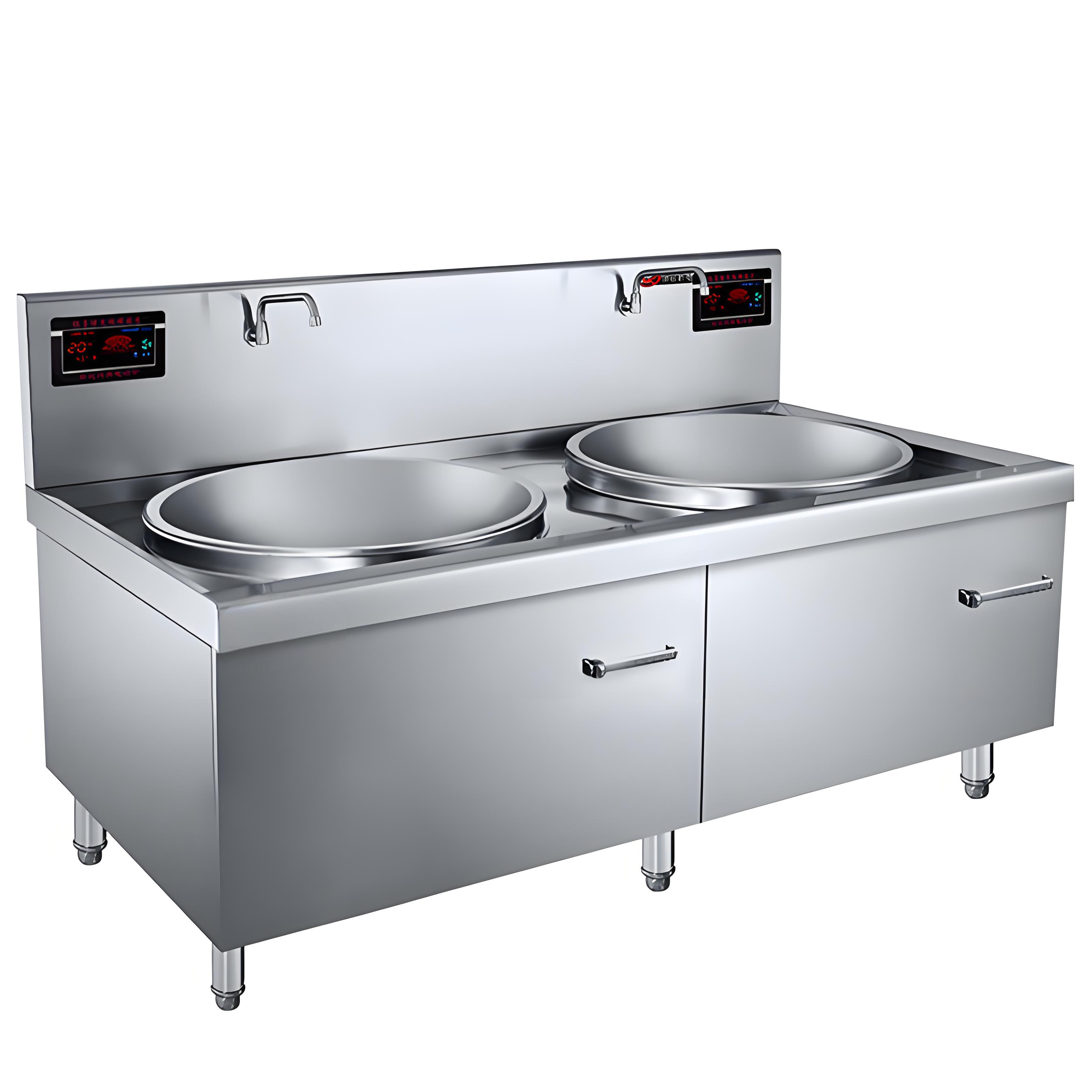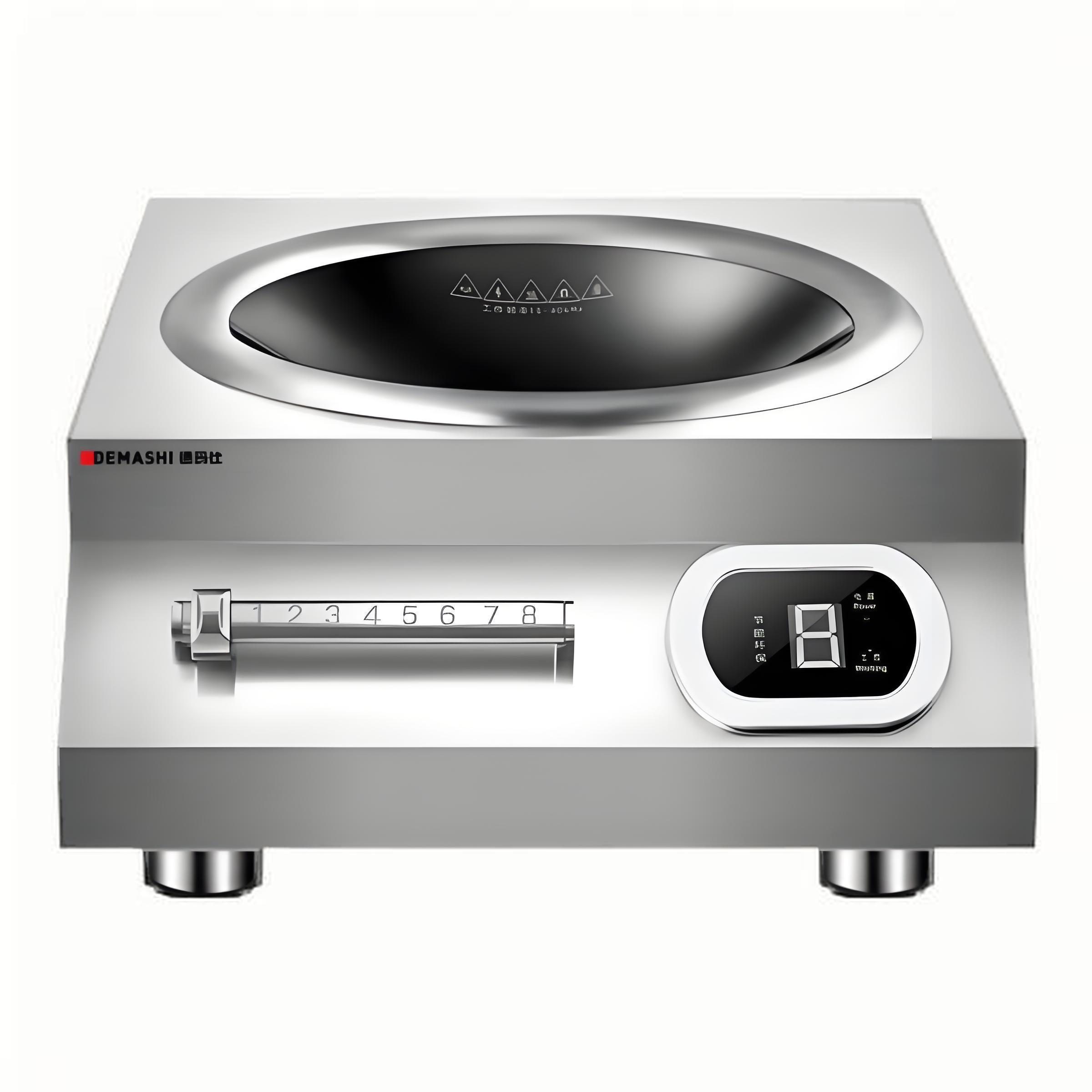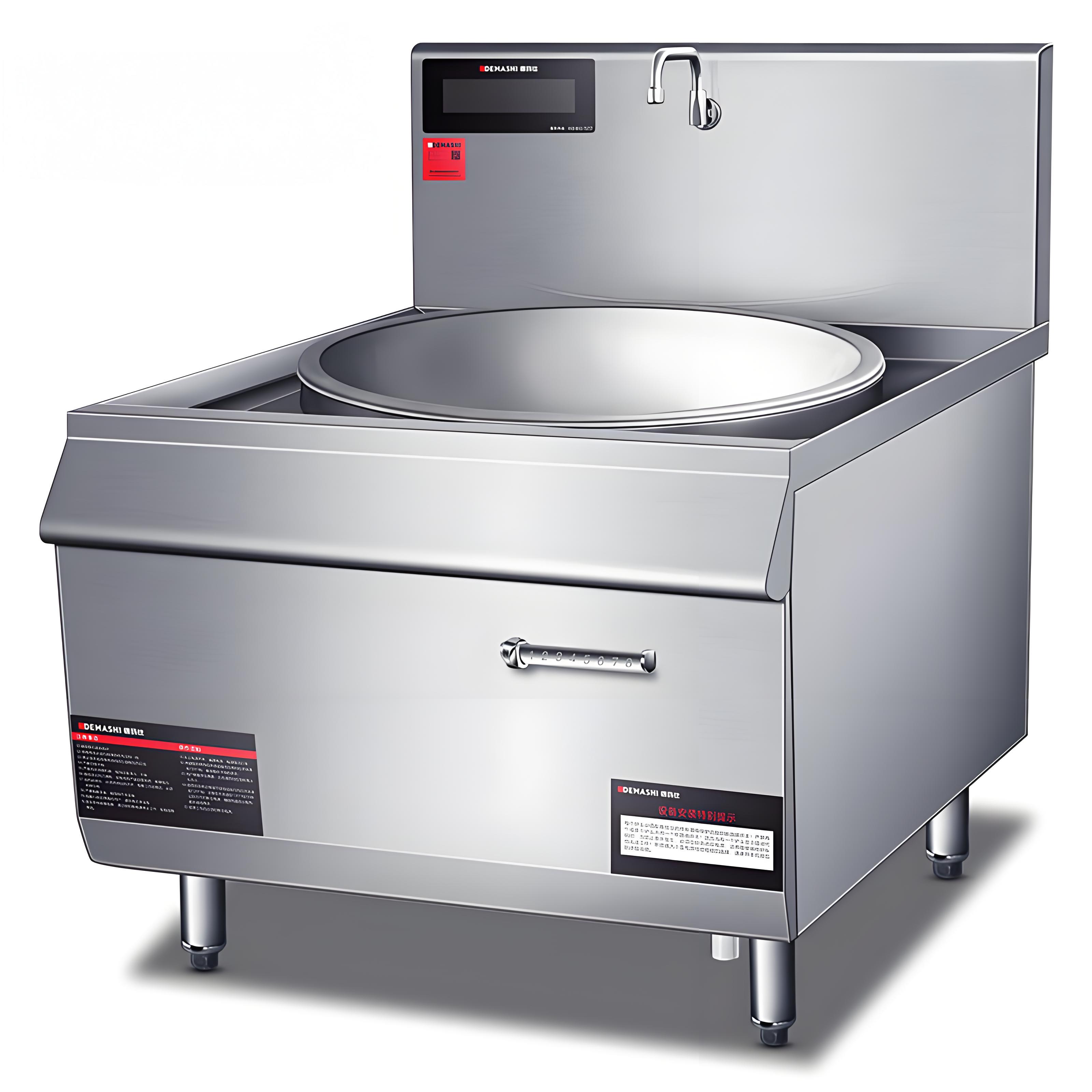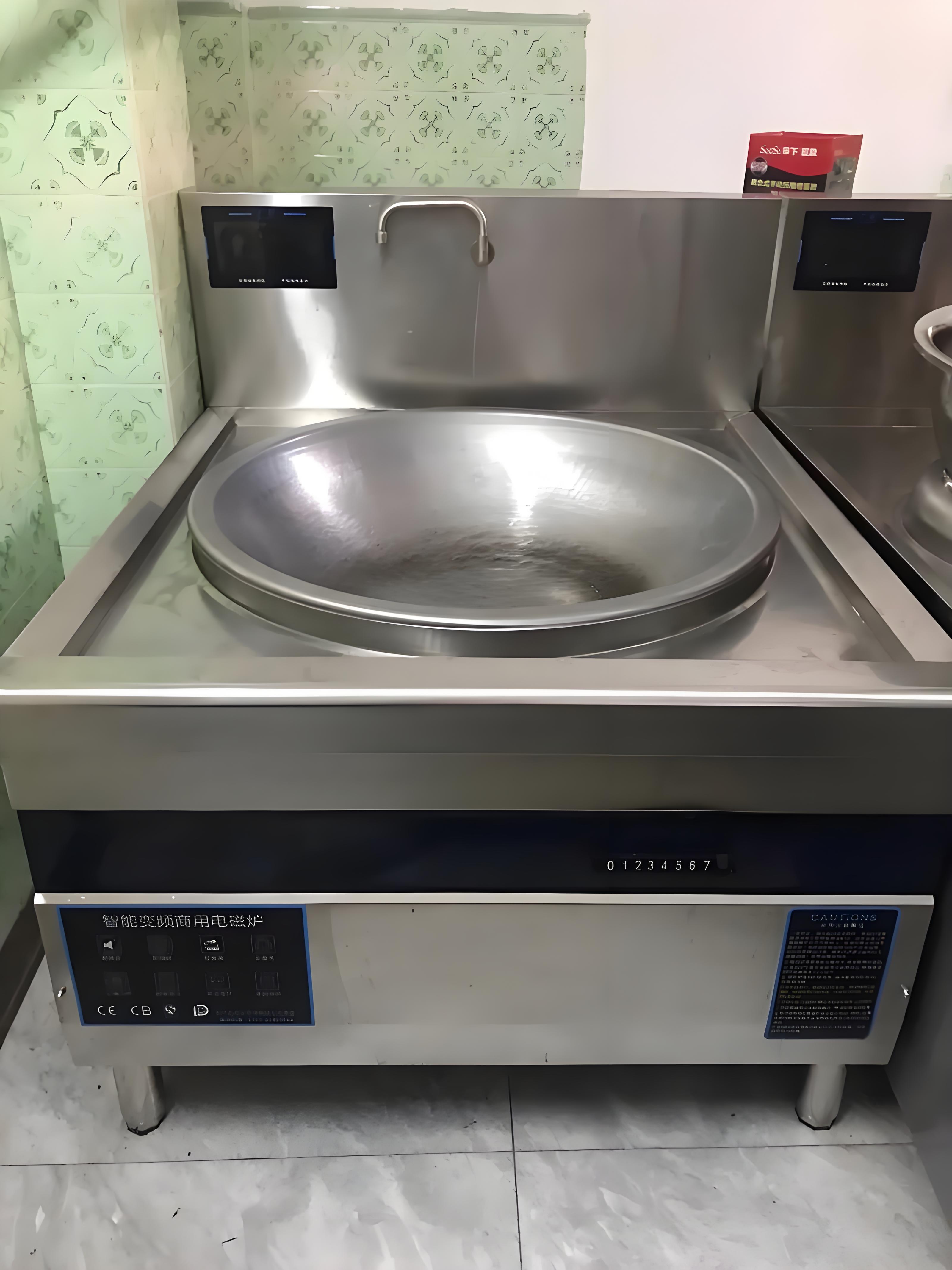At 4 AM in the back kitchen of a Shanghai five-star hotel, Chef Wang stared helplessly at his newly installed 800mm commercial induction cooker—his seafood dishes kept developing a “fishy dampness.” Three months later, those same dishes became signature items, selling 200 portions daily. The transformation? It lies in understanding that commercial induction cookers aren’t just on/off switches—they’re precision energy engines.
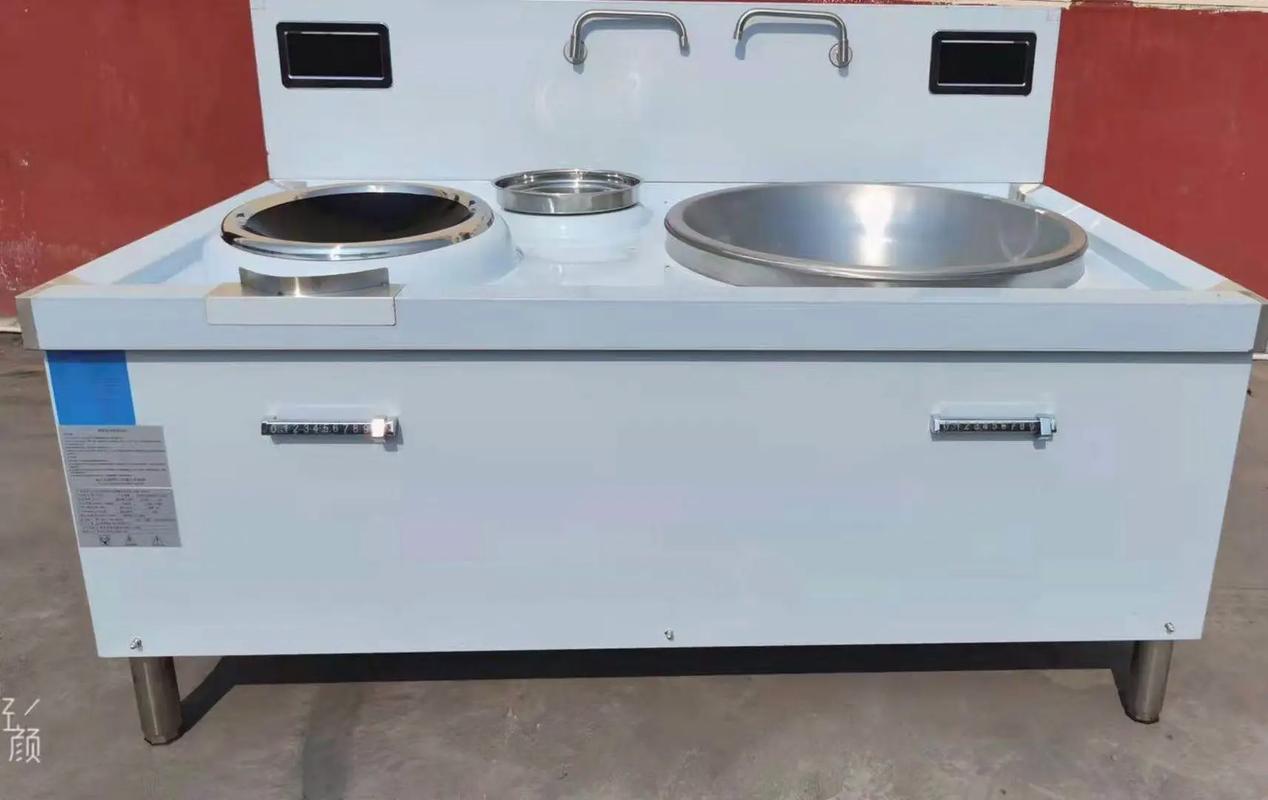
As a consultant who’s designed kitchens for Michelin-starred restaurants, I’ve distilled 12 battle-tested techniques across three dimensions: heat control, equipment maintenance, and cost optimization. These strategies can boost your cooker’s efficiency by 30% or more.
I. Energy Control: Advanced Tactics Beyond “Power Settings”
1. The “Three-Phase Heating” Method for Preheating
Most chefs crank the power to maximum immediately, causing uneven heating (overheated center, cool edges). Instead, follow this protocol:
| Phase | Power Level | Duration | Pan Bottom Temp Range |
|---|---|---|---|
| Initial | 60% | 15 sec | 80-120°C |
| Mid | 85% | 8 sec | 150-180°C |
| Final Burst | 100% | 5 sec | 200-220°C |
Tested at a Hangzhou upscale Western restaurant, this method increased steak crustiness by 23% while retaining 18% more juices.
2. ”Dynamic Frequency Reduction” for High-Moisture Ingredients
When stir-frying cabbage or winter melon, avoid constant high heat (which triggers overheating protection). Instead:
3 sec before adding ingredients: Maintain 100% power
At ingredient contact: Drop to 70%
During evaporation: Rise to 85%
Finishing: Settle at 60%
This curve reduces steam by 36%, lowering kitchen humidity by 4-6°C—critical for open kitchens.
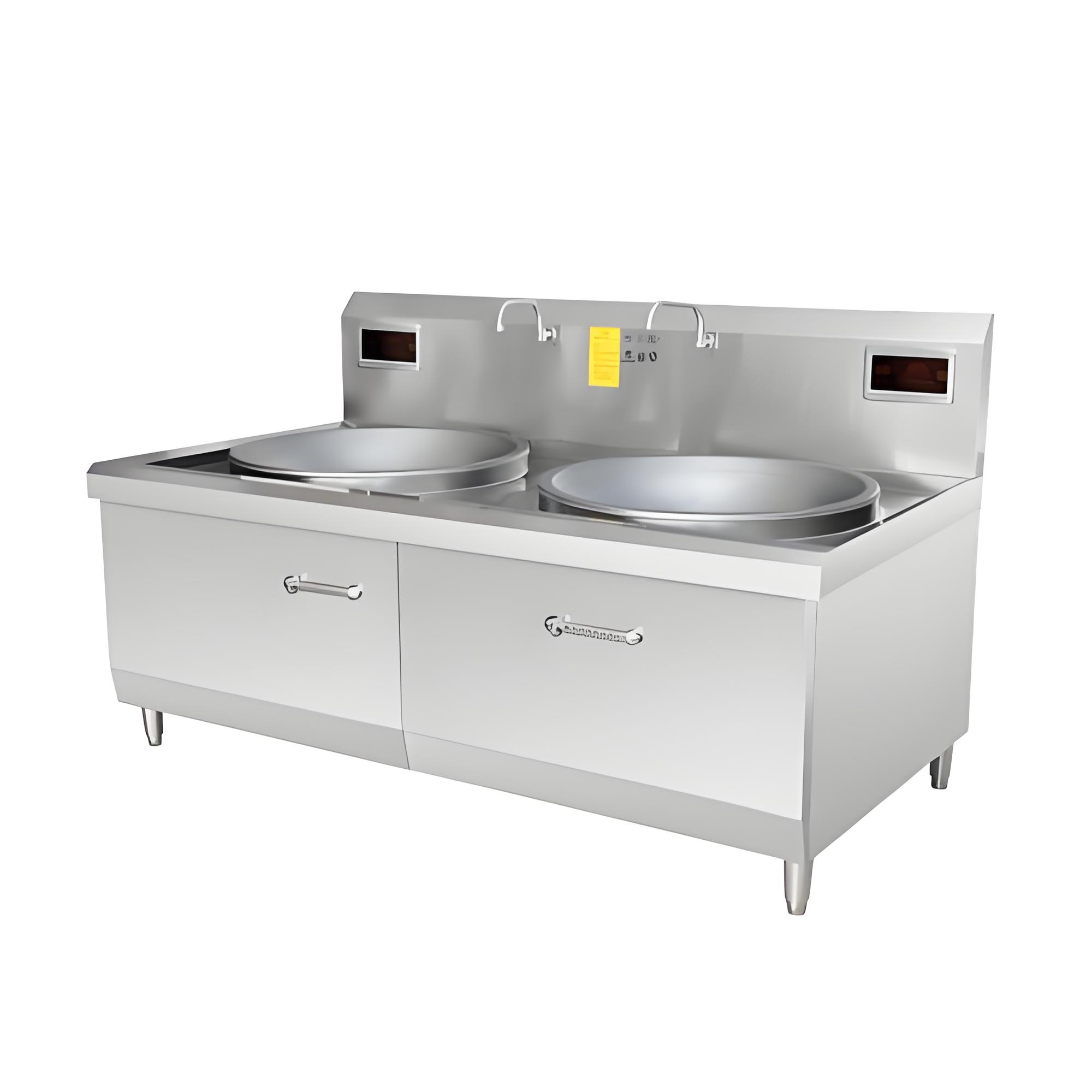
II. Cookware Synergy: The Overlooked 90% Efficiency Multiplier
1. The Golden Ratio of Magnetic Field Matching
A cooker’s coil diameter (D) and cookware diameter (d) require precise alignment:
| Coil Type | Ideal Cookware Diameter | Thermal Efficiency |
|---|---|---|
| Single-Ring | d ≥ 0.9D | 82%-88% |
| Dual-Ring | 0.7D ≤ d ≤ 0.85D | 90%-95% |
| Honeycomb | d ≤ 0.6D | 76%-80% |
(Source: TÜV Rheinland Lab Report)
Recommendations:
Use dual-ring coils for woks
Single-ring coils suit soup pots
Pair small pans with honeycomb coils
2. The Hidden Link Between Base Thickness & Power
Adjust power compensation based on cookware material:
| Material | Ideal Thickness | Power Adjustment |
|---|---|---|
| Carbon Steel | 2.5-3mm | Baseline |
| Stainless Steel | 4-5mm | +15% |
| Copper-Aluminum | 3.5-4mm | -10% |
| Cast Iron | 6-8mm | +25% |
Case Study: A hotpot chain using cast iron pots initially saw 40-60°C lower temps than setpoints. Increasing power by 25% reduced boiling time by 33%.
III. Maintenance: The “Three Shields” for Longevity
1. Overheat Prevention: Cooling Channel Management
Cooling efficiency dictates component lifespan. Follow the ”3 Forbiddens + 2 Musts”:
Forbidden:
① Blocking air vents within 30cm
② Continuous 4-hour max load
③ Wiping vents with wet cloths
Mandatory:
① Weekly compressed air cleaning
② Quarterly thermal paste replacement
A Beijing roast duck restaurant ignored these, burning a ¥120,000 cooker’s motherboard—¥38,000 repair vs. ¥475 routine maintenance.

2. Corrosion Defense: Smart Cleaning Choices
Target specific stains with tailored solutions:
| Stain Type | Recommended Cleaner | Avoid |
|---|---|---|
| Grease | Alkaline foam cleaner | Strong acids |
| Scale | 5% citric acid solution | Metal scrubbers |
| Carbonized layers | Baking soda paste | Sharp scrapers |
| Sauce residue | Neutral enzymatic cleaner | High-concentration alcohol |
Key Tip: Dry panel gaps thoroughly post-cleaning—trapped moisture causes 70% of PCB corrosion failures.
IV. Cost Control: “Hidden Profits” in Operational Details
1. Smart “Peak/Off-Peak” Scheduling
Leverage electricity pricing tiers:
| Period | Strategy | Savings |
|---|---|---|
| Off-peak (00:00-08:00) | Prep slow-cooked dishes | 28%-32% |
| Standard (08:00-18:00) | Regular stir-frying/frying | Baseline |
| Peak (18:00-24:00) | Switch to保温模式/low-power tasks | 41%-45% |
A Shenzhen cafe shifted 60% of broth prep to overnight, saving over ¥70,000 annually.
2. Advanced “Residual Heat” Recycling
Repurpose post-shutdown surface heat (60-80°C):
Pre-warm next batch’s plates
Melt chocolate/butter
Provide dough fermentation warmth
A Guangzhou bakery saved 30 mins daily oven preheating—5,400 kWh/year.

V. Emergency Fixes: Save Service During Breakdowns
1. E03 Code (Overcurrent) Quick Fix
Follow this sequence:
Power off → 2. Check for pan debris → 3. Test coil resistance (1-3Ω正常) → 4. Restart & test empty → 5. Gradually load to 50%
Warning: Coil resistance >5Ω indicates broken circuits—replace coils immediately.
2. Partial Heating Failure Workarounds
When zones malfunction:
Switch to smaller pans on working areas
Use heat diffuser plates
Activate “zone isolation” mode
A Hangzhou banquet hall cooked 68 tables using diffusers before repairs, avoiding revenue loss.
Q&A
Q1: Why does my pan make sizzling noises?
A: Likely from an uneven base. Test by flipping the pan on glass—replace if gaps exceed 0.3mm. Temporary fix: apply thin oil to fill gaps.
Q2: Is metal tools heating up near the cooker normal?
A: Yes—it’s eddy current induction. Keep iron tools 15cm+ away, stainless steel 25cm+. Use non-metal utensil holders.
Q3: When to replace cooling fans?
A: If noise exceeds 65dB (loud conversation level) or RPM drops below 70% of rating (test with phone apps).
Final Insight
Operating commercial induction cookers is about mastering energy conversion. Every power adjustment, pan placement, and cleaning ritual impacts equipment lifespan and dish quality. As I tell clients: “The equipment doesn’t lie—your habits are written in repair bills and customer reviews.”
Try this experiment: Track weekly downtime from operational errors, dish remake rates, and abnormal power usage. The numbers will reveal that true expertise lives in the 99% overlooked details.
